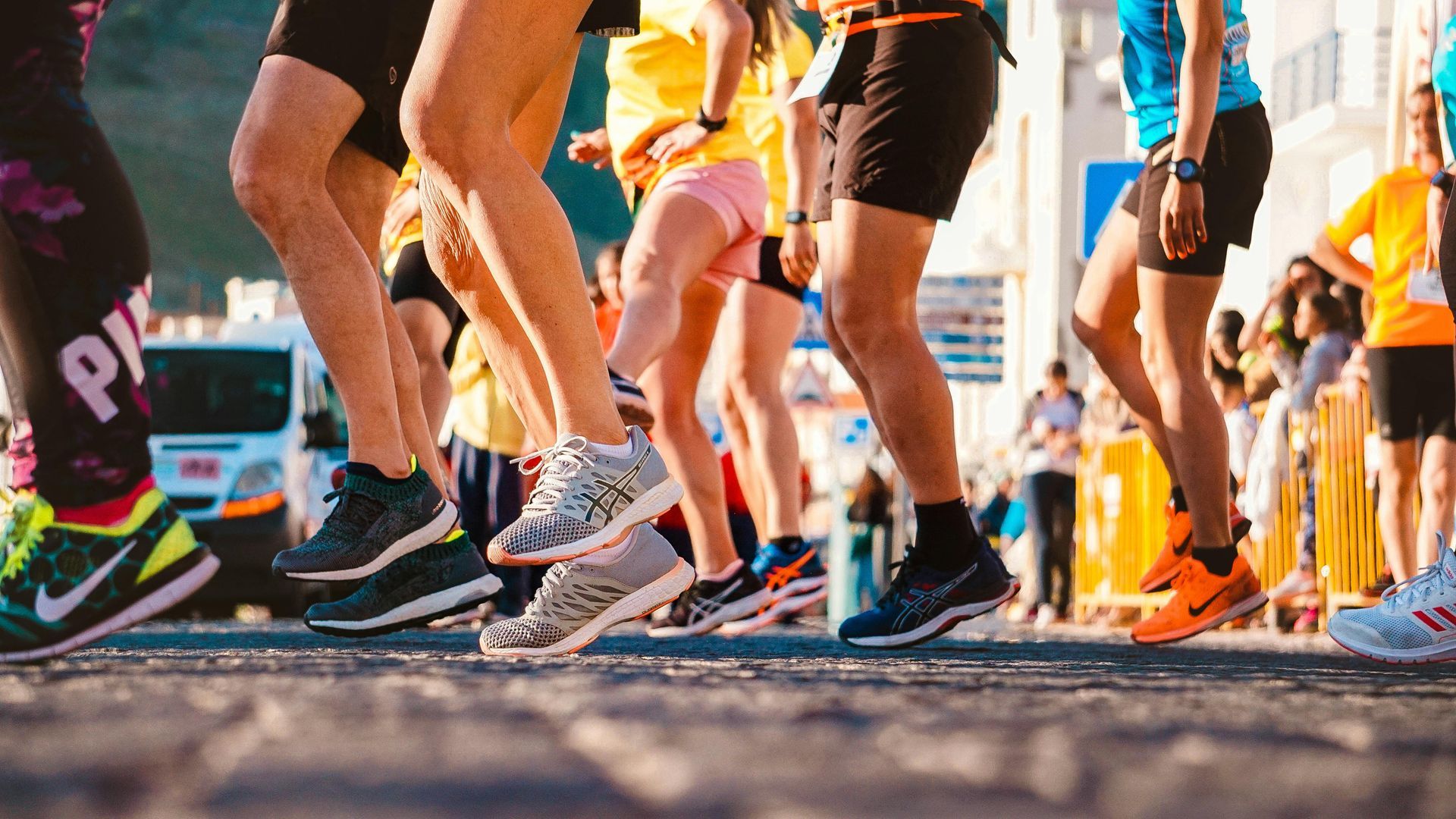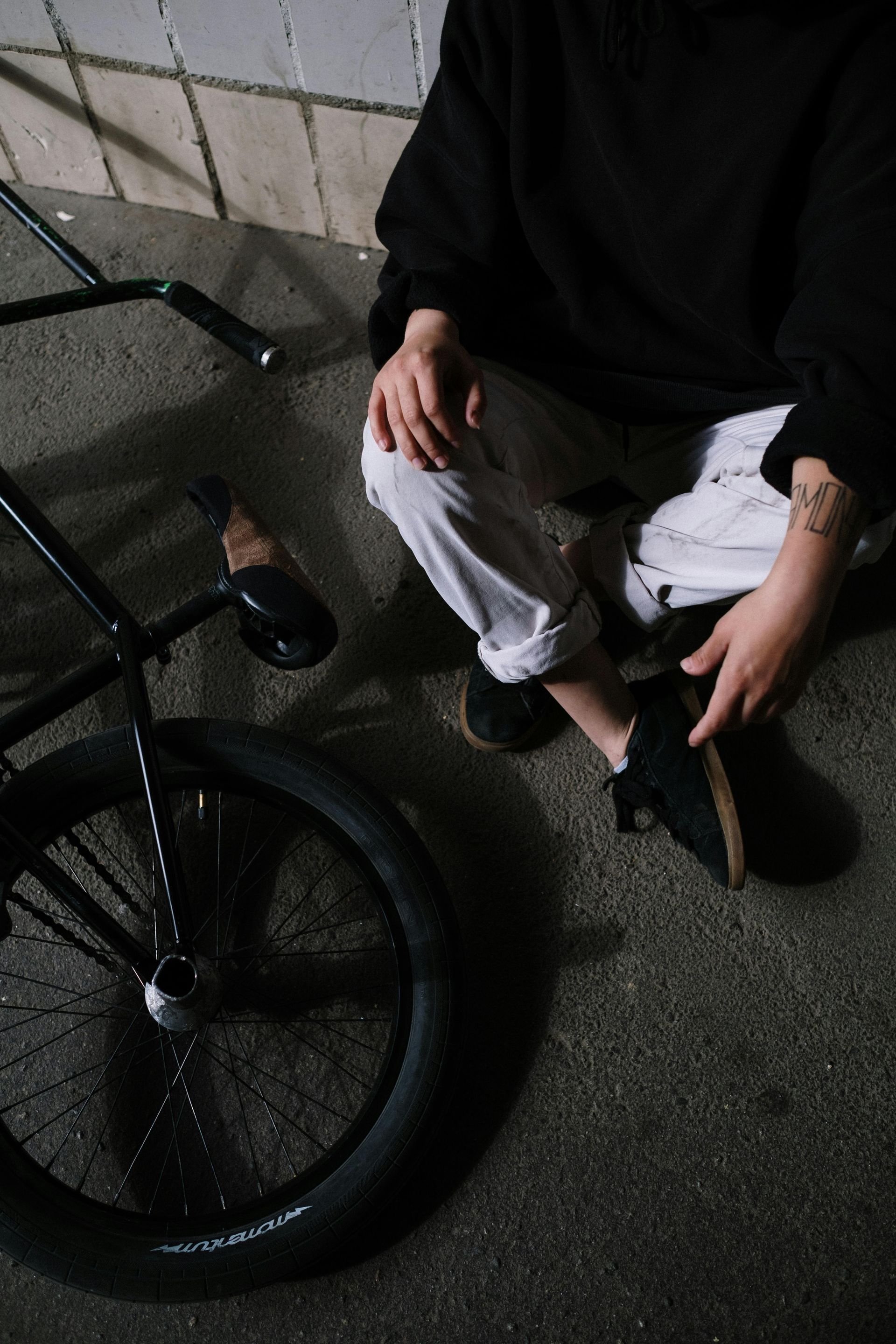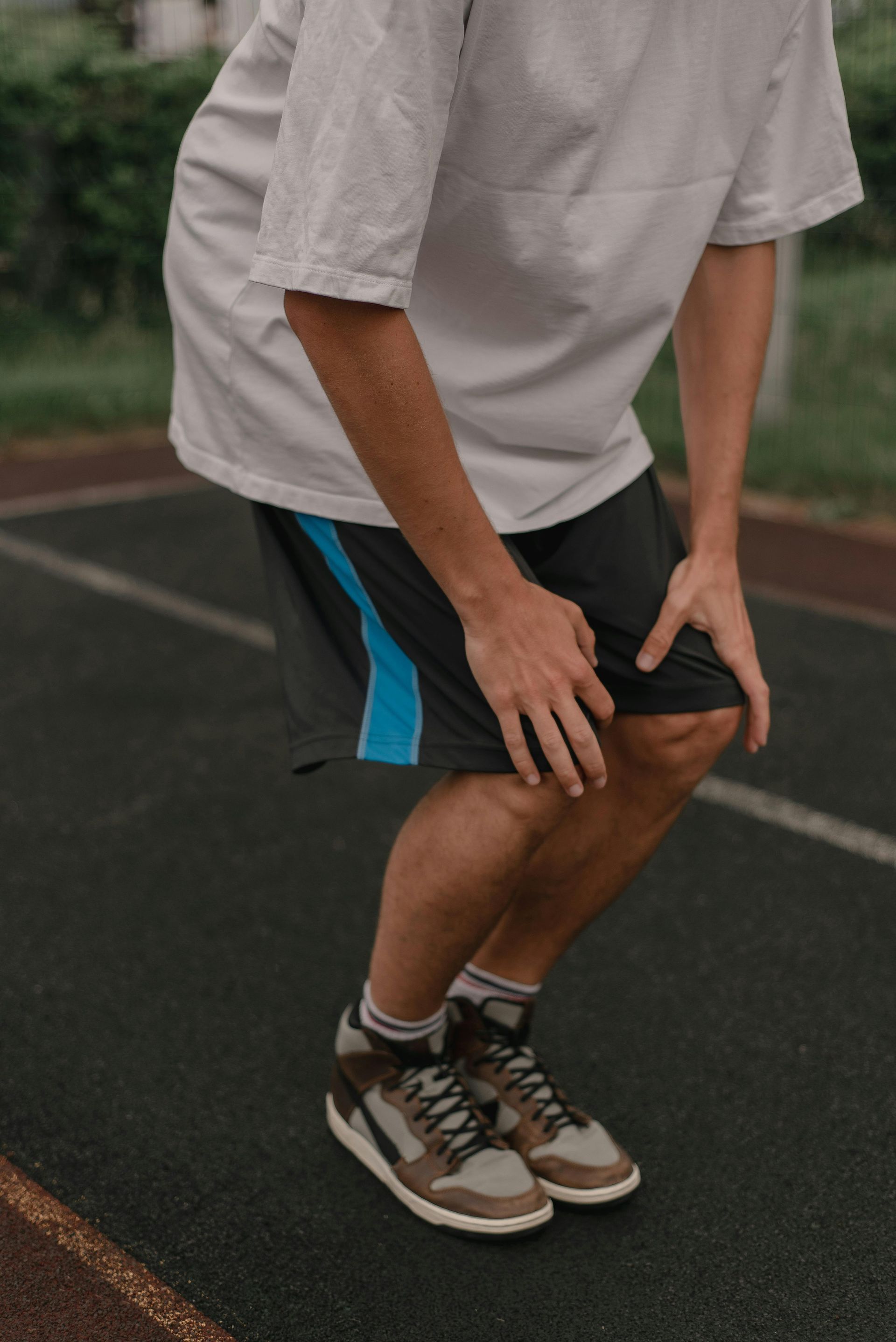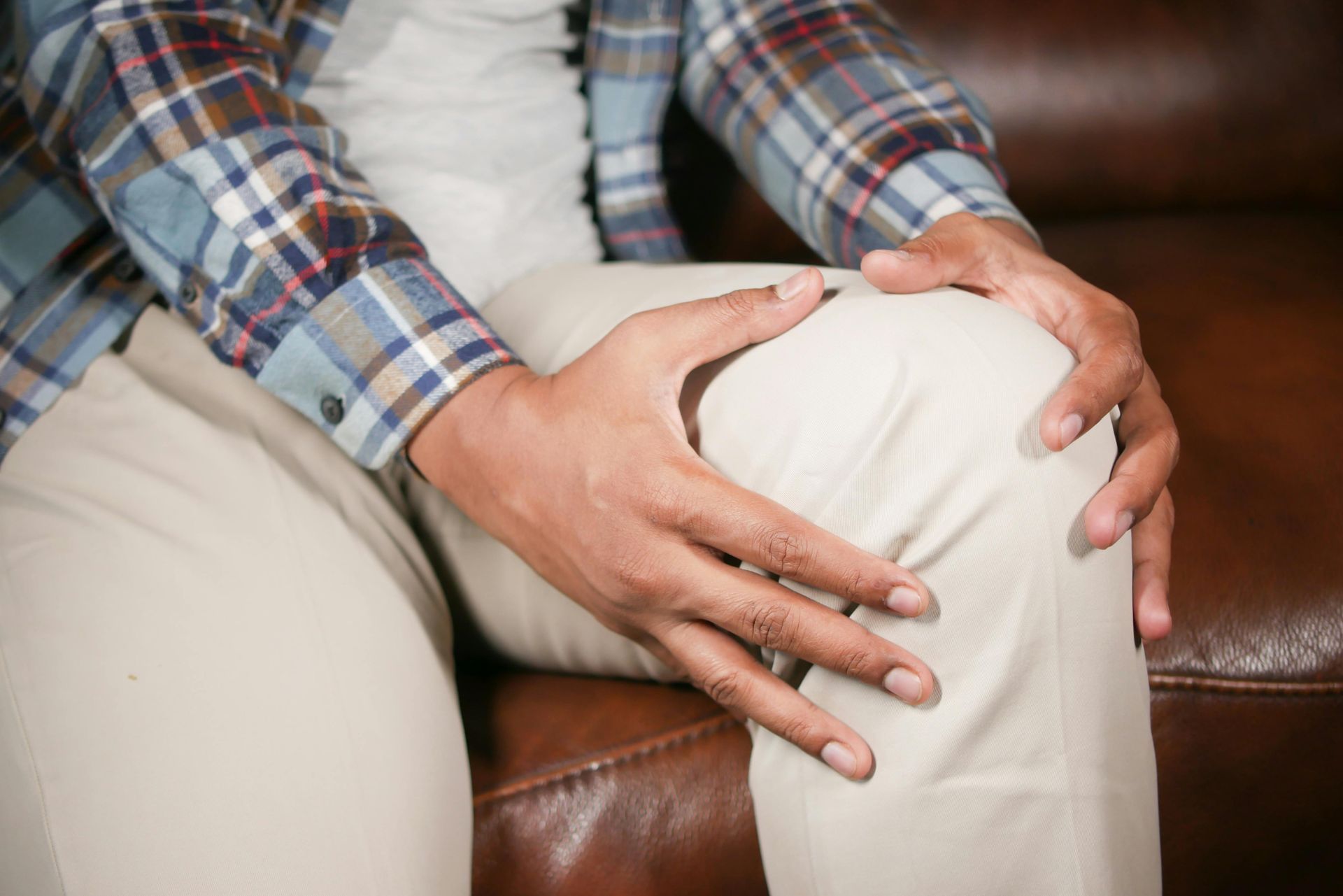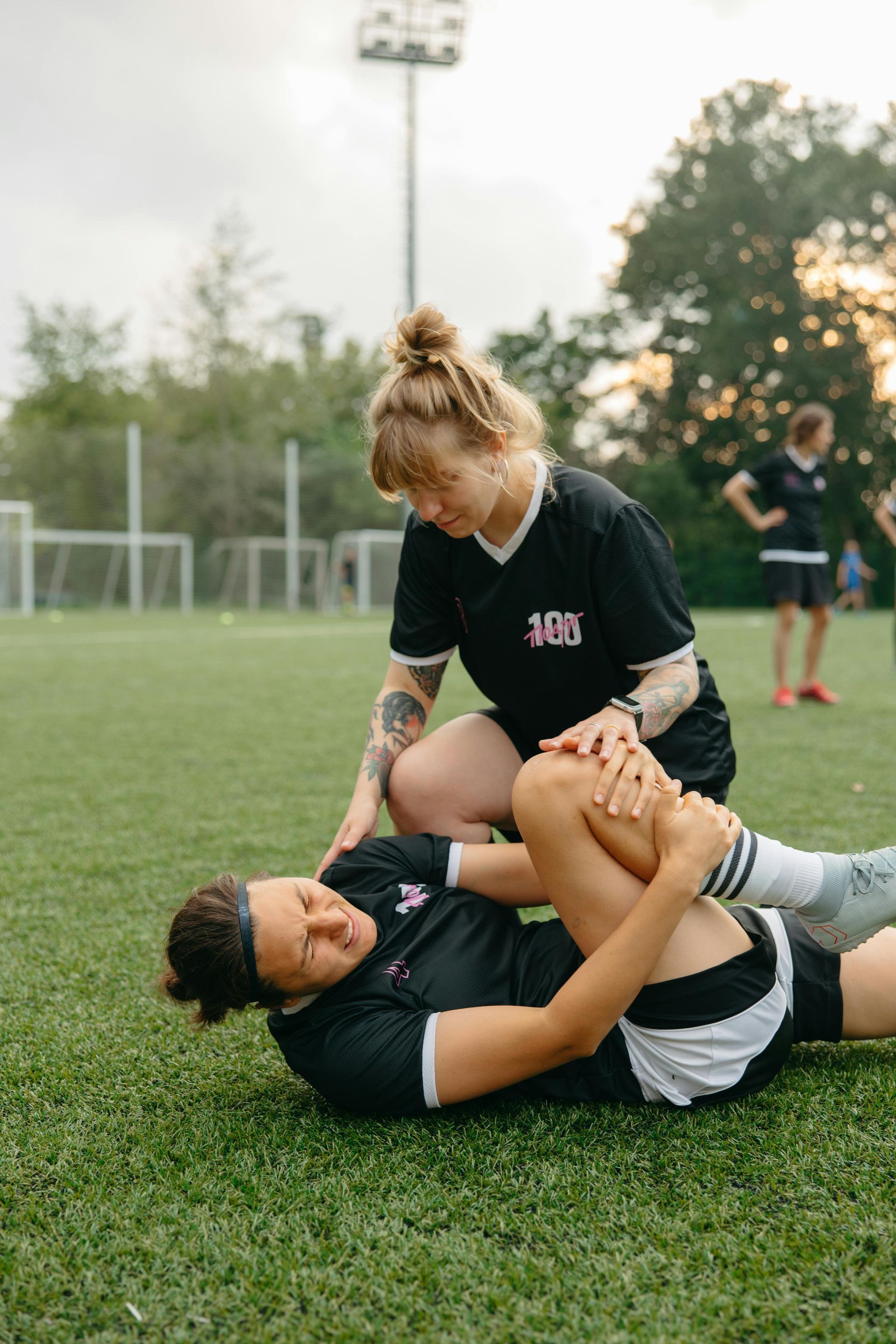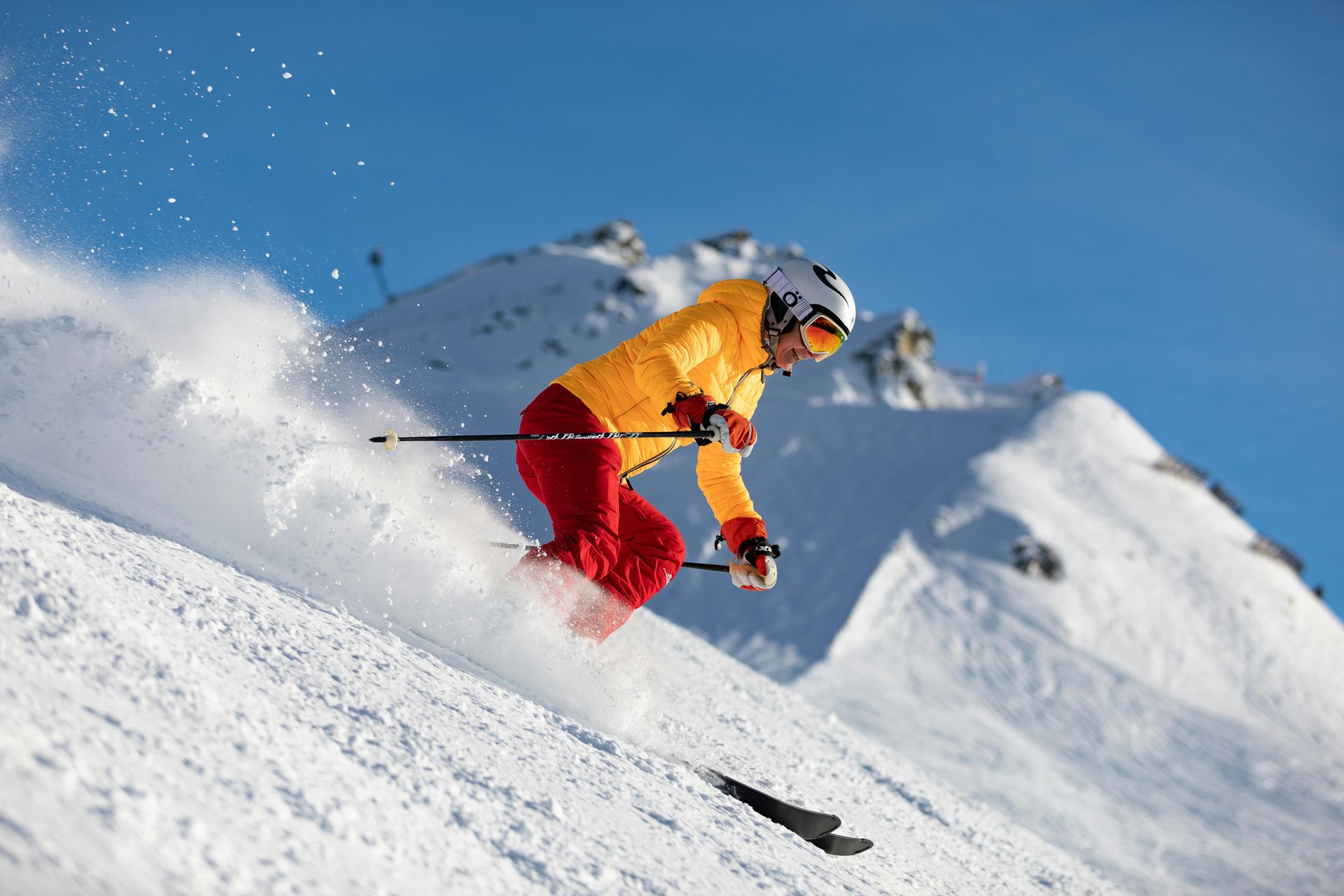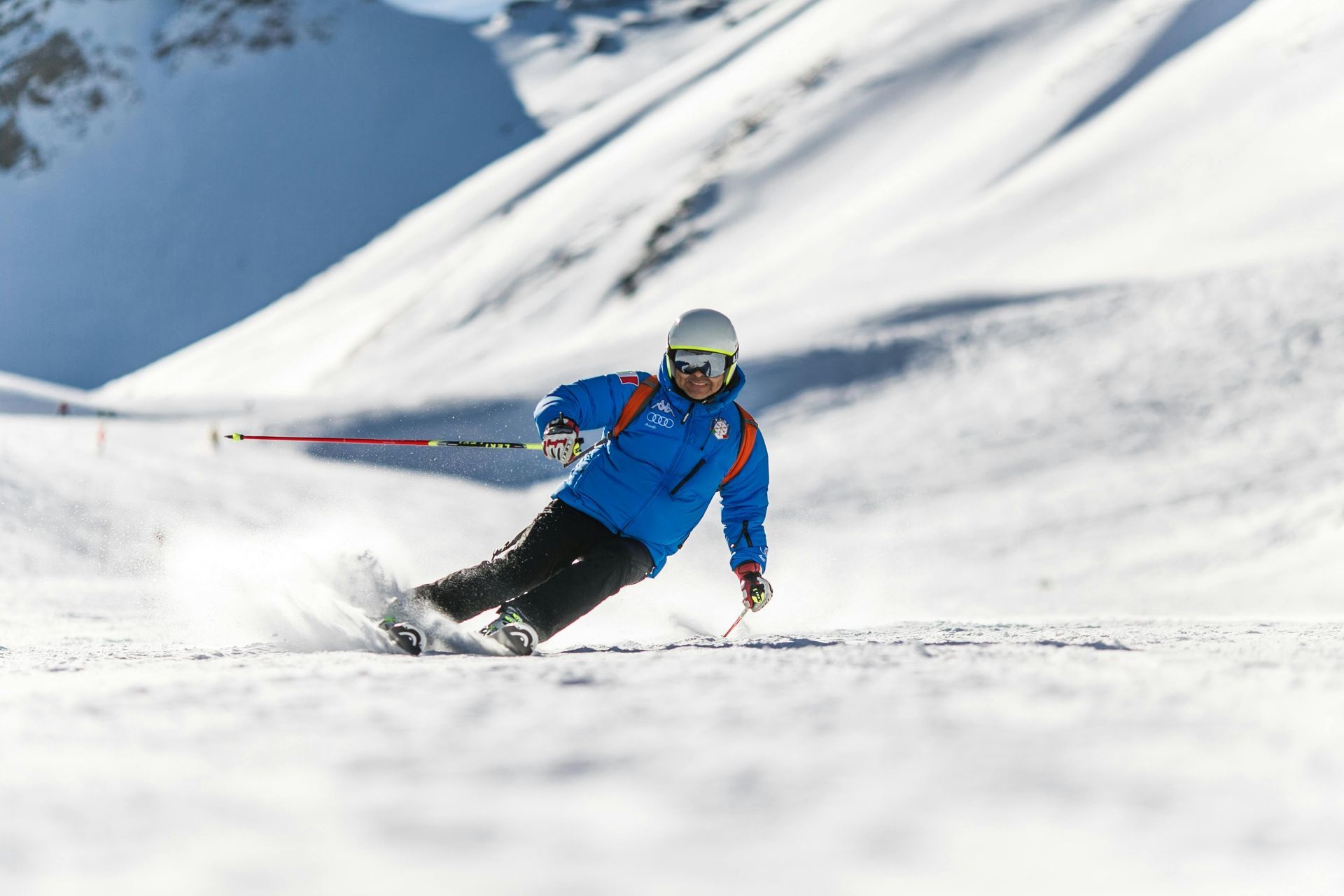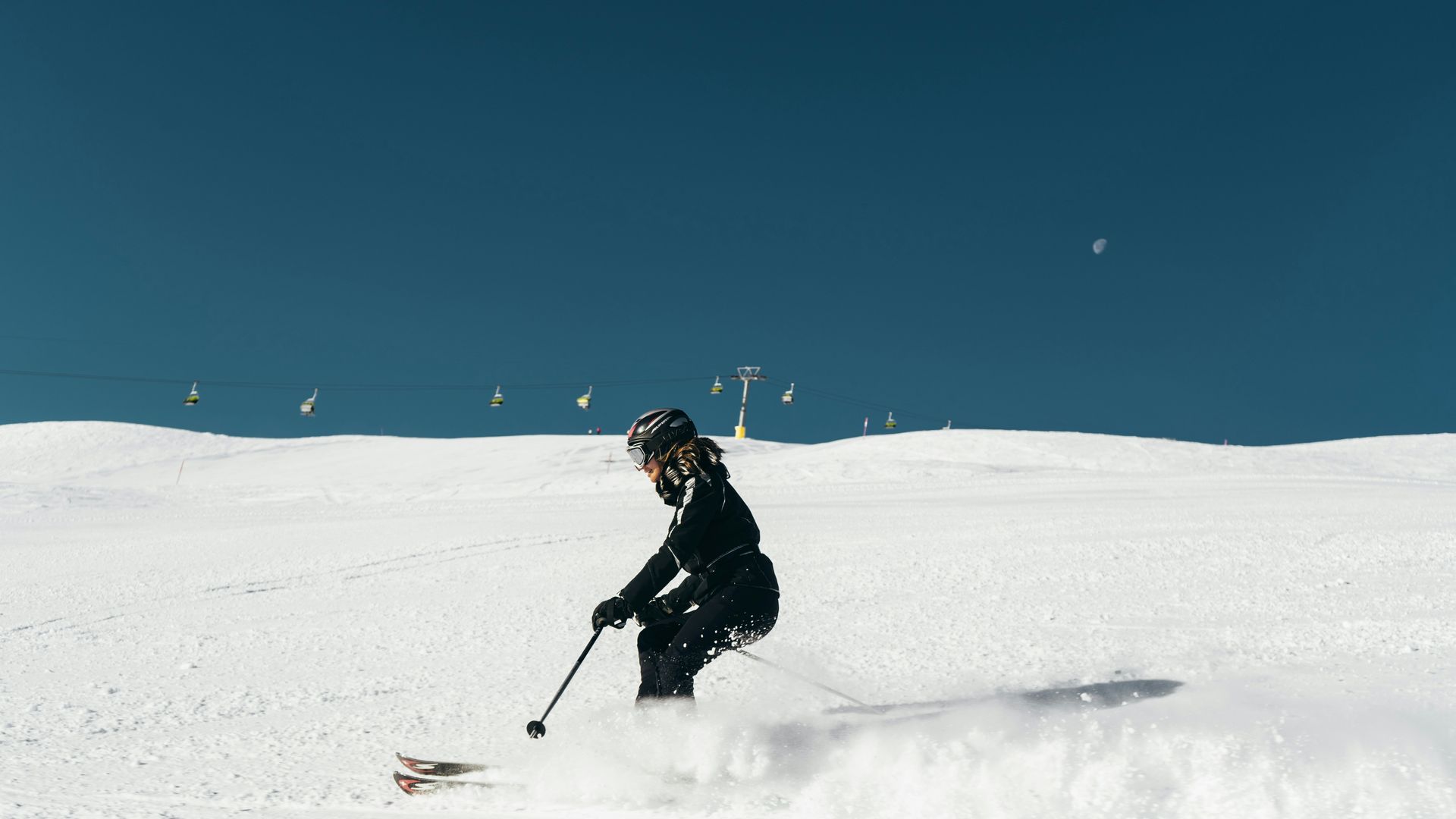Leading UK surgeon helping to pioneer new techniques in knee cartilage regeneration
Background: Synovial fluid (SF) mesenchymal stem cells (MSCs) are derived from the synovial membrane and have cartilage repair potential. Their current use in clinical practice is largely exploratory. As their numbers tend to be small, therapeutic procedures using MSCs typically require culture expansion. Previous reports indicate that the stem cell–mobilizing device (STEM device) intraoperatively increases SF-MSCs.
Purpose: This study evaluated the chondrogenic potential of non–culture expanded synovium-mobilized MSCs and SF-microfragments obtained after enrichment using the STEM device and ascertained if device-mediated synovial membrane manipulation facilitated ongoing MSC release.



